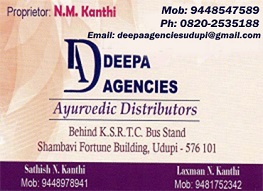e-CRM Business Drivers
- More competitors, shorter product life cycles, an explosion of new technologies, new distribution channels, these are some of the primary factors that are driving companies to focus on customer relationship strategies.
- Hence Companies need to take firm initiatives on the e-CRM frontier to optimise the value of interactive relationships.
- Enable the business to extend its personalised reach.
- Coordinate marketing initiatives across all the customer channels.
- Leverage customer information for more effective e-marketing and e-business.
- Focus the business on improving customer relationships and earning a greater share of each customer's business through consistent measurement, assessment and actionable customer strategies
Stakeholders should be aligned or agree to disagree regarding the following topics
- Common definition of e-CRM within the organisation.
- Where do we fit today in the e-CRM continuum (field, scale)?
- How far cart we want to/can we go on the continuum?
- Segmentation strategy.
- e-CRM scope (sales, marketing, service, fulfilment).
- What channels (direct, agency, dealers, and retail)?
- What access methods (call centre, web, email, kiosk).
- High level routing business rules (customers, event, and product).
- Key internal processes (mapped to customer experience).
- Context scoping diagram.
- Key knowledge objects (customer profile, product, price, case, etc.).
- Organisational considerations (work group, universal agent, etc.).
- How measured/ what measures?
- High level technical architecture/ interface.
- 12-18 month plan in 6 month segments.
- High level business case.
- Quick hits.
e-CRM Features << Previous
Next >> e-CRM Architecture
Our aim is to provide information to the knowledge seekers.

.jpg)

.jpg)




